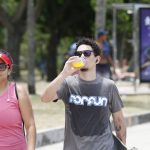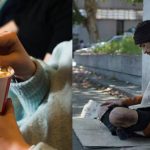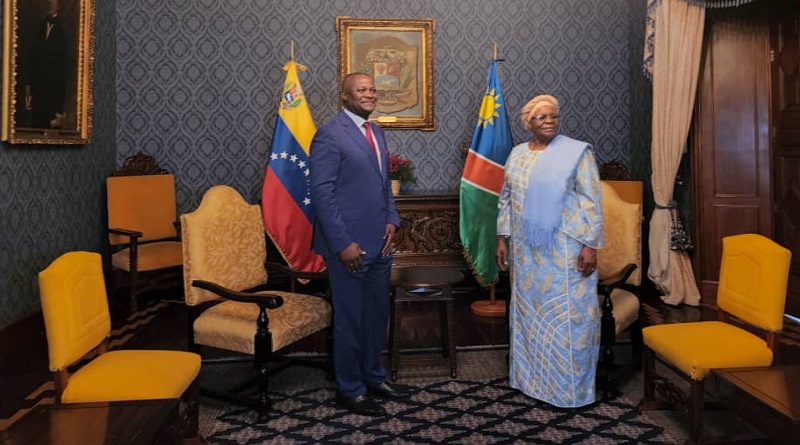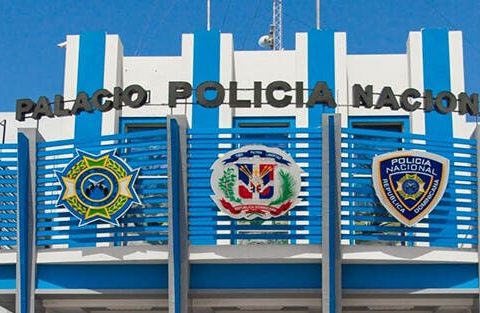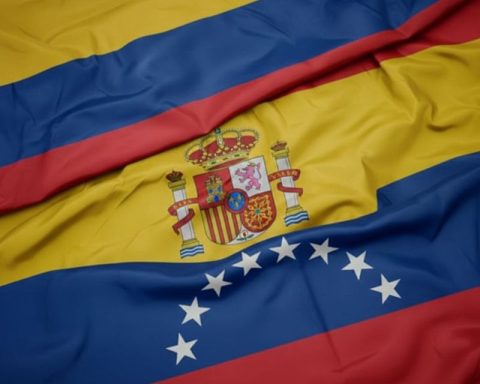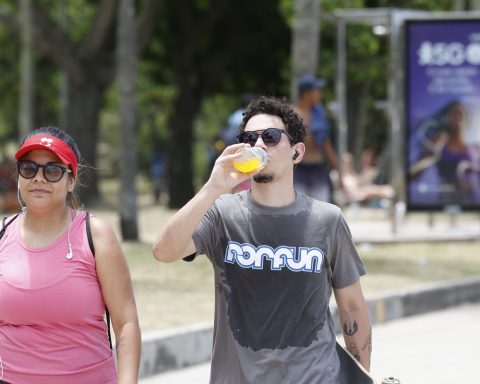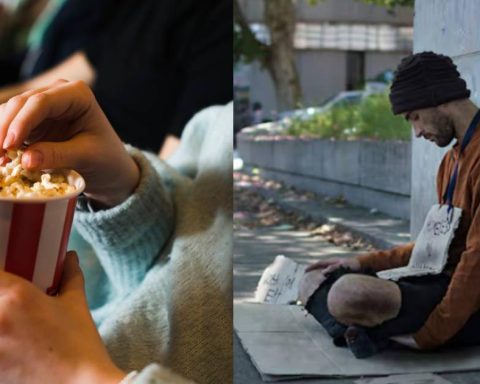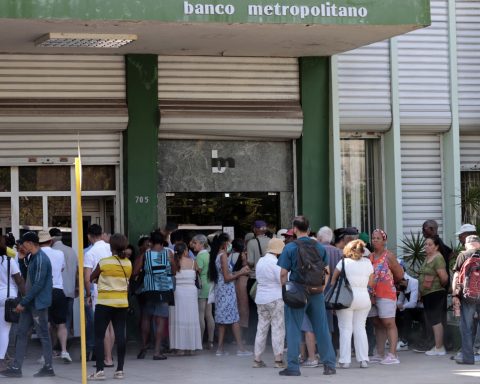The Ministry of Tourism and the Municipality of Tacuarembó expect some 12,000 people to coincide in the town of San Gregorio de Polanco this summer. This was made known by the head of the portfolio, Tabaré Viera, who highlighted during the launch of the 2022-2023 season that, in addition to sun and sand, the city and the department offer options in terms of nautical-fluvial, historical and cultural tourism. .
Viera referred this Tuesday the 20th to the “tourist potential” of the town of San Gregorio de Polanco, a town located 140 kilometers south of the capital of Tacuarembó.
The undersecretary, Remo Monzeglio, the director of Tourism of Tacuarembó, Marcelo Crespi and the mayor of the town, Asdrúbal Rodríguez, also participated in the launch event for the summer season that took place at the ministry’s headquarters.
The hierarch maintained that, in addition to configuring itself as a sun and beach destination, the town and the department offer options for nautical-fluvial, historical and cultural tourism throughout the year.
Crespi described that the first Open Museum of Visual Arts in Uruguay and Latin America, inaugurated in 1993, includes almost a hundred murals and sculptures that constitute the cultural heritage of the city.
For this season the infrastructure has been improved, with three new accessible ramps to enter the beaches.
For his part, Rodríguez recalled that the population of 3,800 inhabitants of the so-called “golden peninsula”, due to its chain of white sand beaches, triples in the summer. The town has an offer of 1,500 beds in cabins, hotels and private homes. The campsite is added to the accommodation options with a capacity for 8,000 people.
Other additional attractions are the Casa Muga Historical Museum, an old general store dating from the early 20th century that belonged to the family of the same name and which offers a documentary collection of trade and a set of more than 400 archaeological pieces.
Mention was also made of the raft that crosses the river that the original peoples called hmm (Black, in the Charrúa language) and that unites the departments of Tacuarembó and Durazno, in addition to the musical festivals and folkloric events that take place during the summer.








